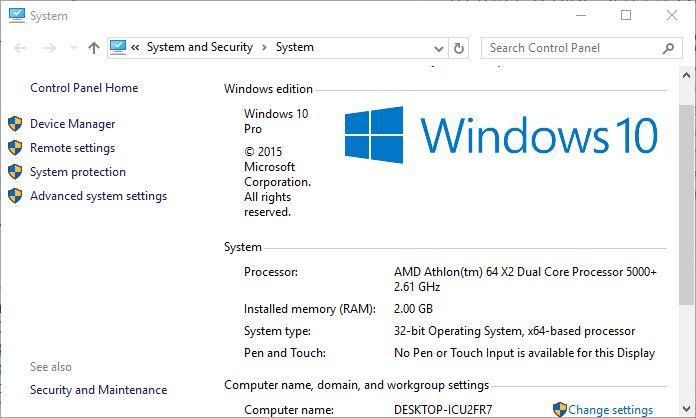

Disk Management (K): Opens Disk Management, which allows you to manage your disks and drives.Network Connections (W): Opens your network status information in the Settings app.Device Manager (M): Opens Device Manager, which lets you configure and/or troubleshoot your PC hardware.System (V): Shows the system information of your machine in the Settings app.Event Viewer (O): Opens Event Viewer, which shows a log of app and system messages.Power Options (B): Opens Power & Sleep in the Settings app.

Mobility Center: Opens Windows Mobility Center, a place in which to quickly adjust certain audial, visual, and battery settings.Apps and Features (F): Opens Apps & Features in the Settings app.Here’s a list of what’s on the Power User menu by default, along with a shortcut key that you can use to launch that program from the menu: The Power User menu was introduced in Windows 8 and was carried over to Windows 8.1 and then Windows 10 due to its popularity-with new updates and features, of course. The Power User menu is, at its most basic, a context menu that provides quick access to some of Windows 10’s more advanced or frequently accessed features. Whatever you prefer to call it, this menu is extremely useful.

There’s a neat menu, often called the Power User or WinX menu, that’s hidden on the Windows 10 desktop.


 0 kommentar(er)
0 kommentar(er)
